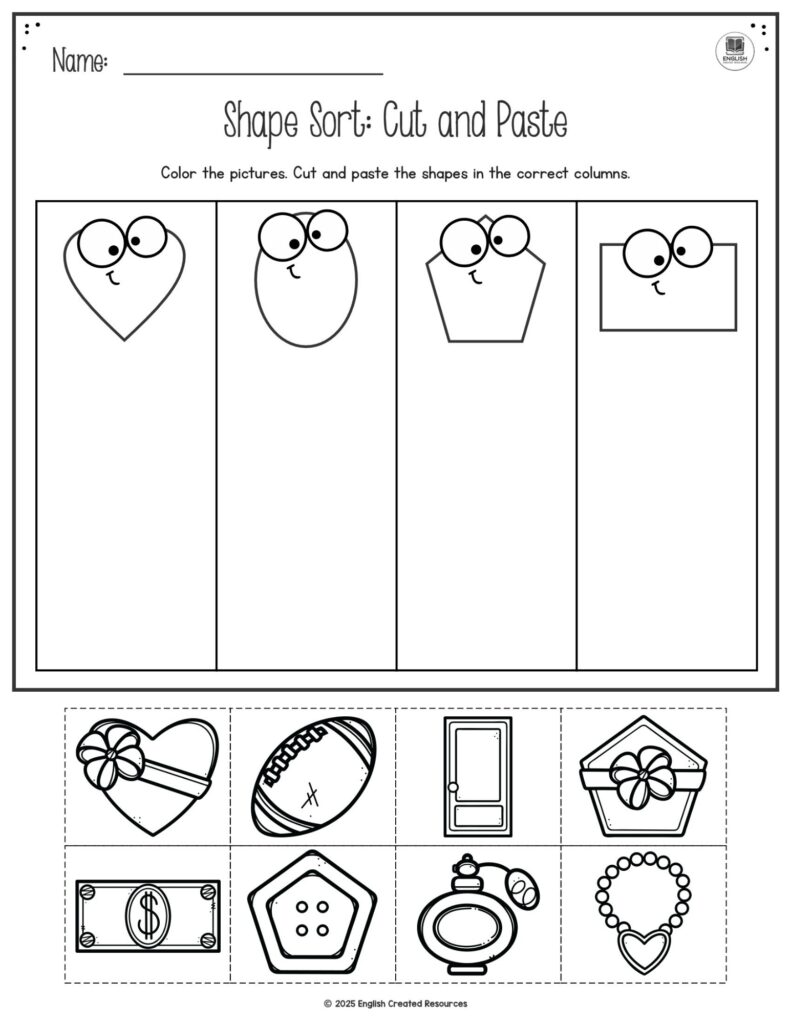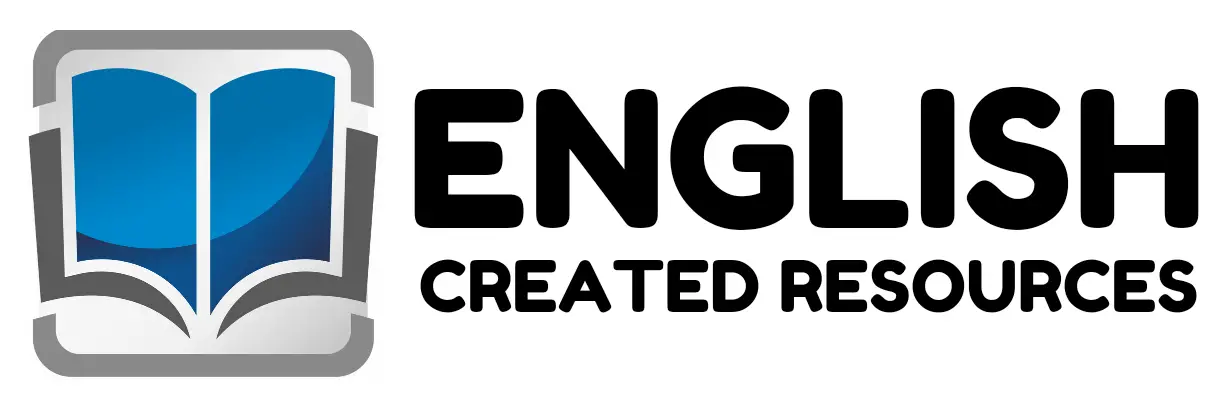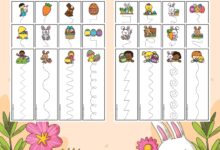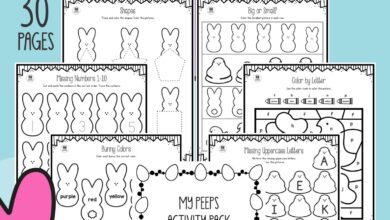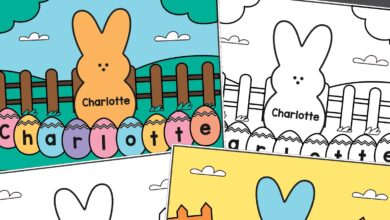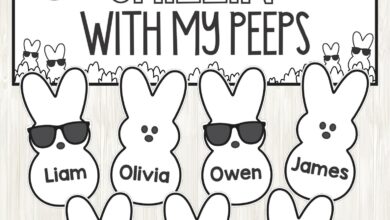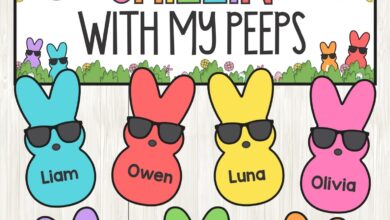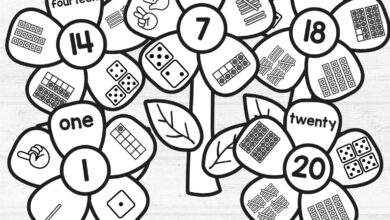My February Workbook
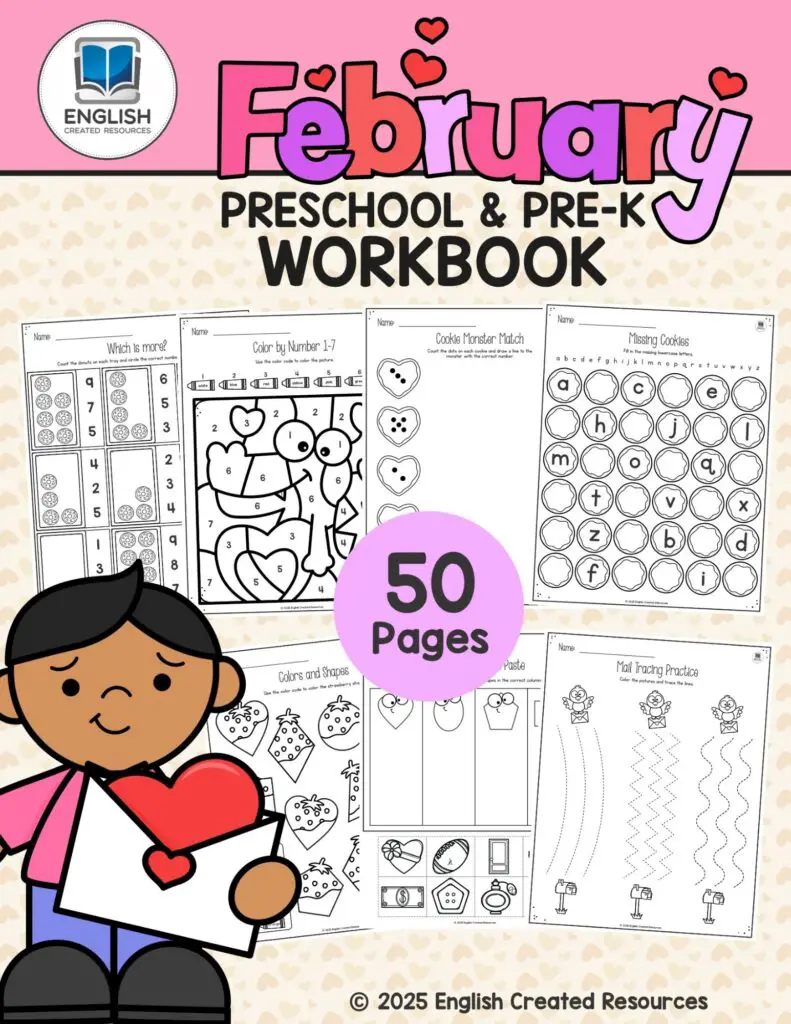
My February Workbook
Creating a February workbook for preschool kids is an exciting task that combines education, creativity, and fun, providing young learners with essential skills through engaging activities. February is a month filled with various themes, such as Valentine’s Day, winter, and the beginning of spring in some regions, making it an ideal time to incorporate seasonal lessons into a workbook. A comprehensive February workbook for preschoolers will not only help them develop important foundational skills but also introduce them to themes of kindness, love, and nature. Below is a detailed essay on what can be included in a preschool workbook for February.
Introduction to February
For preschoolers, February is more than just another month in the year. It’s a special time when the weather begins to change, giving children a new perspective on nature, as they might witness the last remnants of winter or the early signs of spring. The most widely celebrated event in February is Valentine’s Day, a day focused on love and friendship. This gives teachers and parents a wonderful opportunity to introduce concepts such as kindness, empathy, and caring for others.
A preschool workbook for February should incorporate various themes related to these events and the season. The workbook can include a variety of engaging activities, such as coloring pages, puzzles, tracing exercises, and simple math games that are designed to develop fine motor skills, numeracy, literacy, and social-emotional awareness.
Thematic Activities for Preschoolers
- Valentine’s Day: A Focus on Friendship and Love Valentine’s Day is a celebration of love, and for preschoolers, it’s a perfect time to explore feelings and relationships. A workbook can include activities such as:
- Coloring Pages: Simple heart shapes, images of friends holding hands, or flowers that symbolize love and friendship.Matching Games: Matching pictures of different friendly actions (such as hugging, sharing, or smiling) with the corresponding words (e.g., “hug,” “share,” “smile”).Writing Exercises: Tracing simple words such as “love,” “friend,” or “hug” to reinforce vocabulary associated with kindness.Card Making: An activity where children create their own Valentine’s Day cards to give to family members or friends, which helps develop creativity and personal expression.
- Winter and Early Spring Themes February is often the peak of winter in many places, making it an ideal time to incorporate winter-themed lessons in the workbook. Even though the season may begin to change towards spring later in the month, the focus should still be on the weather patterns and how the environment transforms during this transitional period.
- Winter Scene Coloring: Children can color images of snowflakes, snowmen, or animals that are active during winter, such as penguins or polar bears. This reinforces the season and its unique features.
- Counting Activities: The workbook could include simple counting exercises using winter objects like snowflakes or mittens, helping children practice basic numeracy.
- Spring Preview: To build anticipation for the coming season, a section about the early signs of spring (such as flowers beginning to bloom or animals emerging from hibernation) can help young children understand seasonal changes.
- Basic Literacy Activities Developing basic literacy skills is crucial at this stage in preschool education. A February workbook can include a range of exercises designed to strengthen these skills while aligning with the themes of the month.
- Alphabet Tracing and Recognition: Children can practice writing uppercase and lowercase letters, focusing on letters found in words related to February, such as “heart,” “snow,” “love,” and “friend.”
- Letter Sounds: Activities that focus on the sounds that letters make, such as matching words with pictures (e.g., matching “B” with a picture of a balloon), can help reinforce phonemic awareness.
- Storytime and Discussion: Simple short stories about friendship, kindness, or winter adventures can be included, followed by questions that encourage children to reflect and discuss what they learned. For example, “What did the bear do for his friend?” or “How can you show kindness to someone?”
- Simple Math Activities February is also a great time to introduce young children to early math concepts through fun, themed activities. A workbook can feature exercises that promote counting, sorting, and recognizing shapes and patterns.
- Counting with Hearts or Snowflakes: Children can count objects such as hearts or snowflakes, reinforcing number recognition. For example, “How many hearts can you count?” or “Circle the number of snowflakes in this picture.”
- Sorting and Patterns: Children can sort images by size, color, or shape (e.g., sorting hearts by color or arranging snowflakes in a pattern). These exercises develop cognitive skills such as categorization and pattern recognition.
- Shape Recognition: Including simple activities that involve identifying shapes in everyday objects (e.g., circles, squares, and triangles found in winter or Valentine’s Day items) will help preschoolers develop shape recognition and spatial awareness.
- Social-Emotional Learning Social-emotional development is a vital part of preschool education. A February workbook can include activities that help children recognize and manage their emotions, as well as understand how to interact positively with others.
- Feelings Charts: A chart where children can point to different emotions like happy, sad, or angry, which allows them to express their own feelings.
- Sharing and Caring: Through stories or pictures, children can learn about sharing and taking turns, an essential skill in any social environment.
- Friendship Scenarios: Simple stories or scenarios where children are asked what they would do to help a friend, promoting empathy and caring.
- Creative and Motor Skill Activities Developing fine motor skills is essential at this age, and February provides many opportunities to integrate creativity and movement into the workbook.
- Cutting and Pasting: Activities where children cut out hearts, snowflakes, or other February-related images and paste them onto a larger scene to create a picture of friendship, love, or winter. This improves hand-eye coordination and strengthens fine motor skills.
- Dot-to-Dot and Tracing: Fun exercises that involve connecting dots to form pictures, such as a snowman or a heart, can improve hand dexterity while reinforcing shape recognition.
- Craft Ideas: Suggestions for simple crafts that children can make with their families, such as a Valentine’s Day heart garland, are both fun and educational, allowing for hands-on learning experiences.
A February workbook for preschoolers should be both fun and educational, incorporating seasonal themes like Valentine’s Day and winter, while also focusing on developing foundational skills in literacy, math, and social-emotional learning. By providing children with engaging activities, they will not only improve their academic abilities but also grow in their emotional understanding, creativity, and social skills. Preschool is a time of significant growth, and a thoughtfully designed workbook can play a crucial role in helping young children develop a love for learning while celebrating the joy of February.
Samples From the Workbook

